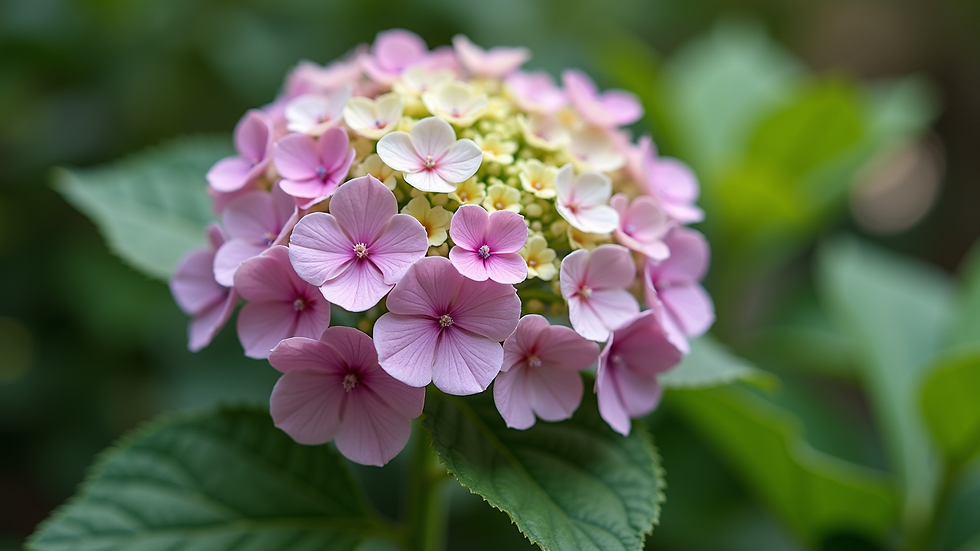The Ultimate Guide to Hydrangea Varieties and Pruning Techniques
- Robyn Cates
- Sep 1
- 3 min read
If you're looking to add some color and life to your garden, hydrangeas are a fantastic choice. Their breathtaking blooms can easily become the centerpiece of your outdoor space. However, with so many different varieties and specific care requirements, it can feel a bit overwhelming to figure out how to care for them. In this guide, we'll break down the popular types of hydrangeas you can choose from and provide straightforward pruning techniques to keep your plants thriving year after year.
Knowing the specific type of hydrangea you have is vital for providing optimal care and the right pruning techniques.
When to Prune Hydrangeas
Timing is crucial when it comes to pruning hydrangeas. Each variety has its own preferred schedule:
Bigleaf Hydrangeas: Aim to prune immediately after the flowers have faded in late summer. This timing allows the plant to establish buds for the following year’s blooms.
Panicle Hydrangeas: Prune these hardy plants in late winter or early spring before new growth begins. Since they bloom on new wood, you can afford to trim them back significantly without harming their flowering ability.
Smooth Hydrangeas: Like the panicle type, these hydrangeas also bloom on new wood. Pruning should occur in late winter or early spring.
Oakleaf Hydrangeas: These should be pruned after flowering in late summer since they bloom on old wood. This post-bloom pruning helps maintain the plant’s distinct shape while promoting robust new growth.
Understanding the correct timing for pruning each type will lead to healthier blooms and better overall plant health.
Tips for Pruning Hydrangeas
To effectively prune hydrangeas, follow these essential steps:
Gather Your Tools: You’ll need sharp pruning shears and gloves. Make sure your tools are sanitized to prevent disease transmission.
Assess the Plant: Identify any dead or damaged stems and evaluate how much you want to cut back based on its health and shape.
Make Clean Cuts: Always cut just above a leaf node, which encourages fresh growth. For older, thicker plants, consider removing some of the oldest stems to improve airflow around the plant.
Shape the Plant: Focus on creating a balanced appearance. Remove any crossing branches that may rub against each other, which can lead to injury.
Clean Up: Dispose of all pruning debris to minimize the risk of pests or disease.
Regular pruning not only enhances the appearance of your hydrangeas but also promotes healthier plants that will bloom more vibrantly.

Final Thoughts
Caring for hydrangeas can be a gratifying experience, especially when you see them thrive in your garden. By learning about the distinctive varieties and perfecting your pruning techniques, you can ensure your hydrangeas remain vibrant and beautiful for many seasons. So grab your pruning shears and start cultivating the stunning blooms that these wonderful plants offer!






Comments